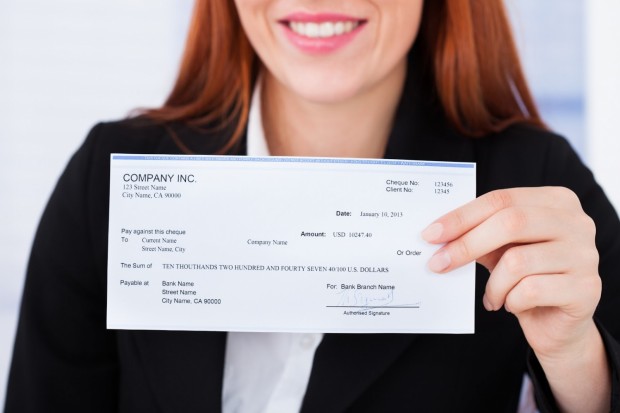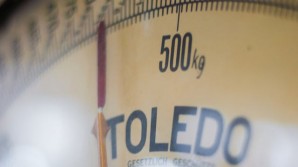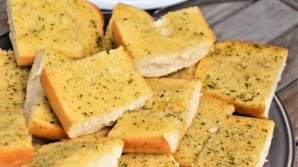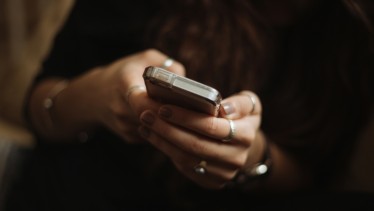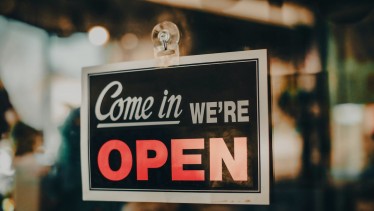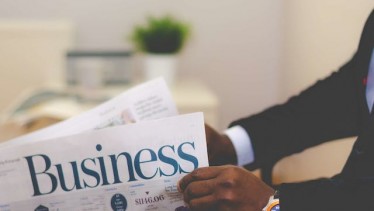Banks are not the only institutions that print checks. Business owners can order checks online from reputable companies too. Ordering checks online has several advantages. They can get customized according to the preferences of the business owner. They cost less than business checks issued by banks, and people can buy online checks with overnight shipping for urgent requirements.
However, as a business owner, you must be aware of the different elements present on a check to ensure that they get printed accurately. If you don't know what those numbers mean, you have come to the right place. In this article, we are going to talk about what the numbers on a business check mean.
Fractional Number
You may have noticed a series of numbers on the upper right corner of your business check that looks like a fraction. For example, the number can be 53-735/535. It is called the fractional number, which refers to the name of your bank where you have your checking account. Even though the primary source is present in the MICR line, the fractional numbers are useful when the MICR line gets damaged. The numbers provide the following information to the bank accepting the check:
-
The first one or two digits represent the region where the bank is located. Even though this information is not used anymore, it still gets printed on checks.
-
The set of numbers after the dash and before the slash is the ABA institution ID of the bank, which is also part of the bank's routing number.
-
The number after the slash identifies the Federal Reserve Bank associated with the bank that issued your checks.
ABA Routing Number
The routing numbers were developed to solve recurring problems with checks that are a common occurrence at the beginning of the last century. Routing numbers made the processing of checks a lot easier. It is a set of nine digits that has been assigned to the issuing bank by the American Bankers Association. The routing number is usually present in the MICR line at the bottom of the check.
When routing numbers got introduced, banks used Magnetic Ink Character Recognition devices to read the MICR line and get the details of the issuing bank automatically. With the advancement of modern-day technology, several banks have shifted one to Optical Character Recognition. However, MICR is still recognized as the standard process, so most check printing authorities stick to them.
Account Number
Your account number is usually present next to the routing number on the MICR line. It helps the bank identify the source of the funds precisely before accepting and paying the check.
Starting Number
Another component of the MICR line is the check number, which comes after the account number. It is usually between three to six digits long. However, business checks seldom have a three-digit check number. The reason is that in the earlier days, checks were used for professional business transactions, but they often needed a guarantee. Lower check numbers indicated that the business was a relatively new one, which increased the need for the assurance with the checks. Higher numbers implied that the company was an old one, so payees trusted them more.
Personal Information
The business information gets published on the upper left corner of a check, where you can find your company's name and address. The details are often pre-printed on your check. You can use this section to promote your brand's image. You can include your company logo along with any other information that you wish to provide. Ensure that you provide your company's contact details so that people can get in touch for business as and when required.
Lines on a Check
Checks are forms that need to get filled, so it is not surprising that it has a lot of lines. The lines that are often found on business checks are:
-
The dateline on the upper right corner
-
Payee line where you need to fill the name of the person or the company that you are issuing the check to
-
The line to put the amount in words
-
The memo line
-
Authorized signatory line
If you use a printer for your checks, you can omit the lines if you want. However, for some checks, the authorized signatory line is a security feature that is microprinted. Microprinted lines are texts that cannot be read by the naked eye. You will need a magnifying glass or a macro lens to read them. Lines that have microprinted security often have the letters "MP" printed next to it.
There are some other parts of a check as well that need to be there, such as the dollar box and the bank's information that must be present on a check. So now that you know about the essential features, you can ensure that they are there when you get your custom checks printed.

